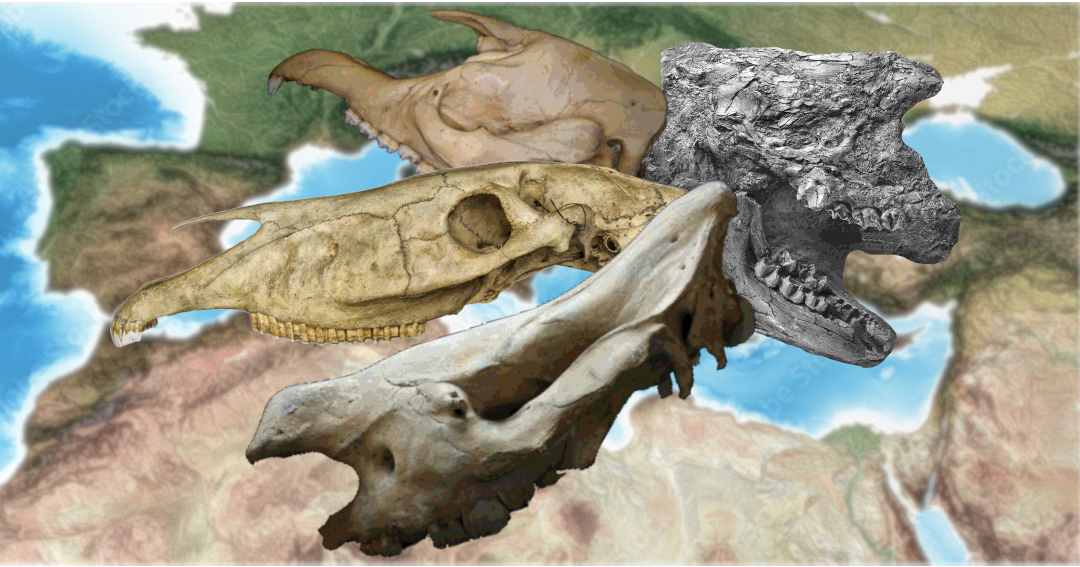Paleobiology and evolutionary history of Perissodactyls in the Mediterranean Area during the Neogene and Quaternary

AUTHORS
Omar Cirilli
Institut Català de Paleontologia Miquel Crusafont (ICP–CERCA), Universitat Autònoma de Barcelona,Spain. omar.cirilli@icp.cat
Panagiotis Kampouridis
Eberhard Karls Universität Tübingen, Germany. pkampouridis94@gmail.com
Senckenberg Centre for Human Evolution and Palaeoenvironment in Tübingen, Germany.
Christophe Mallet
Faculty of Engineering, University of Mons, Belgium.
Institute of Natural Sciences, Operational Directorate Earth and History of Life, Brussels, Belgium. cmallet@naturalsciences.be
Luca Pandolfi
Dipartimento di Scienze della Terra, Università di Pisa, Italy. luca.pandolfi1@unipi.it
Antigone Uzunidis
ASM – Archéologie des Sociétés Méditerranéennes, UMR 5140, Univ Paul-Valéry, CNRS, MCC, France. antigone.uzunidis@wanadoo.fr
Université de Paris 1 Panthéon-Sorbonne, France & UMR 7041 ArScAn-Archéologies Environnementales, France.
Abstract
Perissodactyls (Mammalia, Perissodactyla) are a group of herbivores mammals mainly characterized by the possession of one or three-hoofed toes in the hindfoot. Nowadays, the clade Perissodactyla includes tapirs, rhinoceros and equids, but in the past the clade was distinguished by high taxonomic diversity with a significant morphological and ecological diversification, documented by an extraordinary fossil record (Hippomorpha, Ceratomorpha, Brontotheriidae and Chalicotheriidae). In the Mediterranean Basin, the evolutionary history of Perissodactyls is corroborated by a substantial fossil record of equids, rhinoceroses, tapirs and chalicotheres. Their distribution is primarily affected by paleoenvironmental changes and dispersal events raising complex adaptative and paleobiological frameworks through time, in particular during the Neogene and the Quaternary.
Herein, we provide a meeting point among researchers and scholars for updating the paleobiology and evolutionary history of Perissodactyls in the Mediterranean area, with the aim of establishing the most up-to-date overview of the group. We invite researchers to share their results and to constructively discuss any raised hypothesis.
